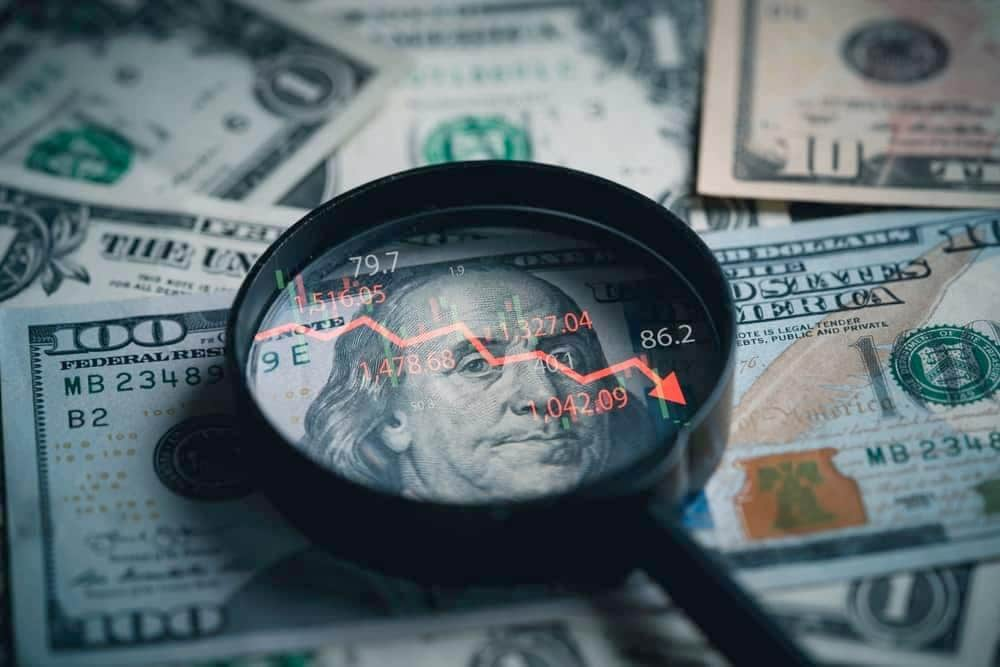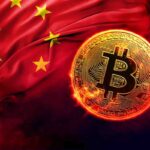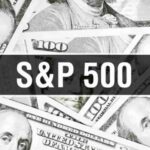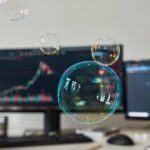The global economy faces rising threats of recession as tariffs escalate and trade tensions deepen between major economies, warns Nigel Green, CEO of global financial advisory giant deVere Group.
“World trade volumes are shrinking at the fastest pace since the 2008 financial crisis. Investors, businesses and policymakers should be under no illusions – a global recession risk is growing by the day,” Green told Finbold.
Recent data reveal a troubling picture. Global goods trade contracted by 1.3% in the final quarter of 2024 compared to a year earlier, according to the latest World Trade Monitor figures.
At the same time, global manufacturing activity continues to deteriorate, with leading indicators flashing red across multiple regions.
Nigel Green explains:
“Tariffs imposed by the world’s largest economies are not just slowing trade. They are eroding business confidence, slashing corporate investment plans, and rippling through supply chains that had once powered global growth. The engine of globalization that fueled decades of expansion is now being throttled.”
IMF revisits 2025 global growth forecast
The International Monetary Fund (IMF) has already revised its 2025 global growth forecast downward, citing “mounting trade restrictions” as a key factor.
In addition, the World Bank has warned that protectionism threatens to knock half a percentage point off global GDP this year alone, pushing an already fragile global economy closer to contraction.
The deVere Group CEO continues:
“It’s a dangerous feedback loop. Trade barriers lead to slower growth, which breeds political pressure for even more protectionism. We are witnessing the early stages of a vicious cycle.”
The costs are starting to bite. Emerging markets, often the first casualties when global trade slows, are seeing capital outflows accelerate. In advanced economies, export orders are falling, corporate profits are weakening, and manufacturing job losses are ticking up.
Financial markets are beginning to take notice. Global stock markets have become more volatile as fears over shrinking world trade deepen. Meanwhile, currencies of major exporting nations are coming under pressure, and safe-haven flows into assets such as gold and the Swiss franc are rising.
“In an interconnected world, trade disruptions spill across borders fast. No economy is immune. Even those less reliant on exports will feel the pain as investment slows, supply chains reconfigure, and confidence evaporates,” warns Green.
Global tensions mount
Compounding the risks is the political backdrop. Recent moves by the US, China, and Europe to slap tariffs on key imports — from steel and electric vehicles to agricultural products — signal that the global trade war is not only far from over, but intensifying.
“Political leaders seem more willing than ever to weaponize trade for strategic goals,” he notes. “But the cost of these moves will ultimately be borne by businesses and consumers through higher prices, lower growth, and rising unemployment.”
He continues:
“The world learned painful lessons during the 1930s about the destructive impact of tit-for-tat tariffs. We would do well to remember them now.”
Despite the rising threats, Green believes opportunities still exist for investors who are willing to think globally and position themselves wisely.
“In times of heightened risk, diversification is critical. Investors need to be global in their outlook, diversified in their portfolios, and disciplined in their strategies. Sitting still is not an option,” he says.
Green concludes with a call to action, “The warning signs are clear. Those who ignore them do so at their peril.”










